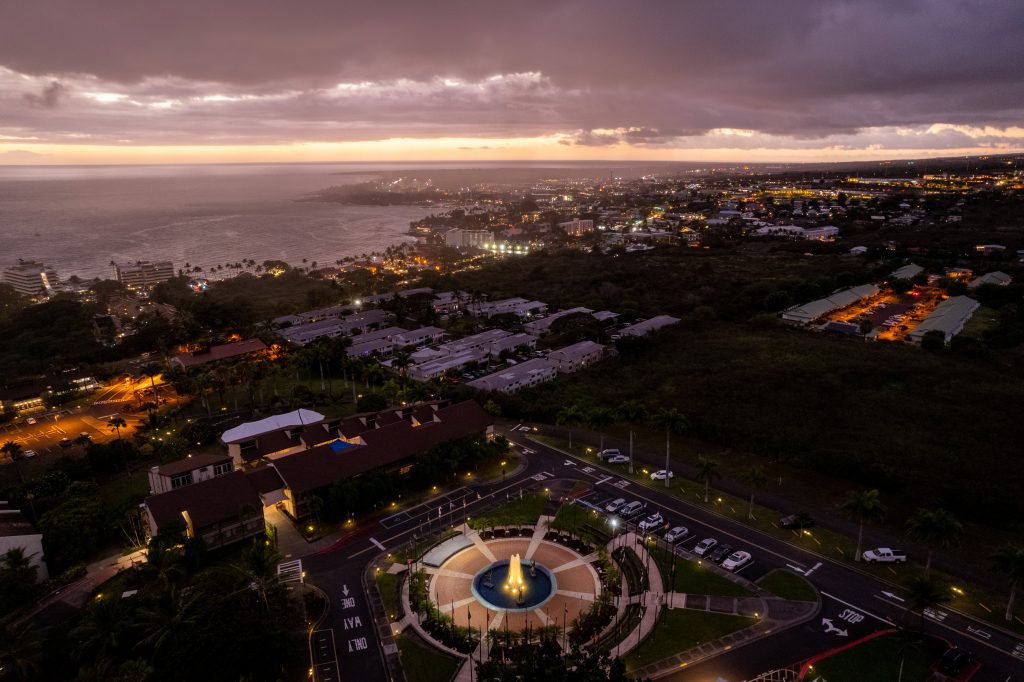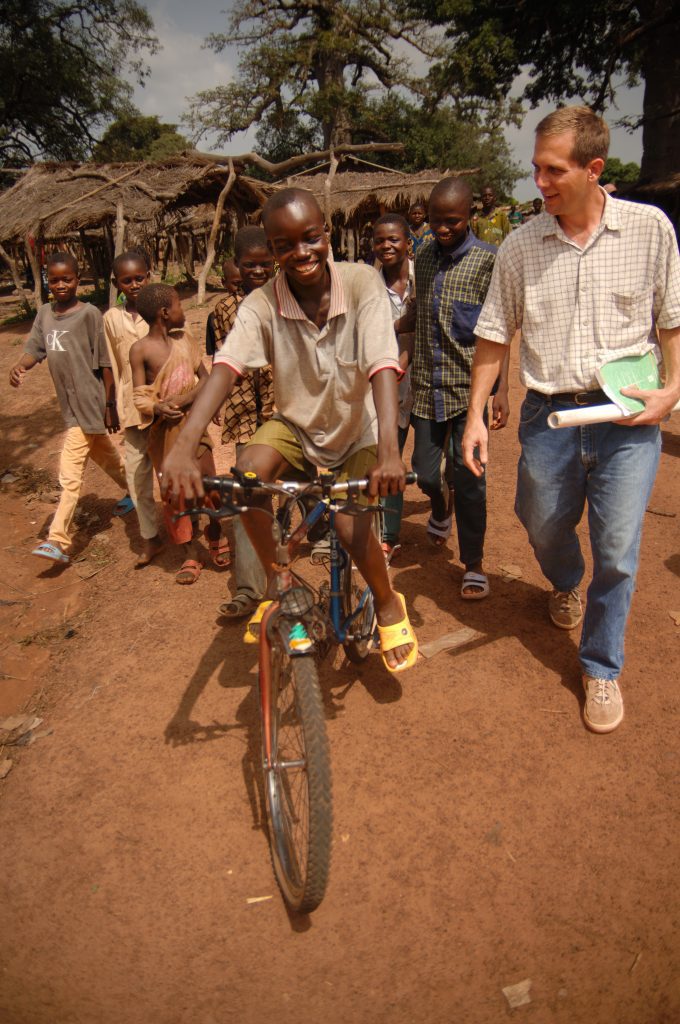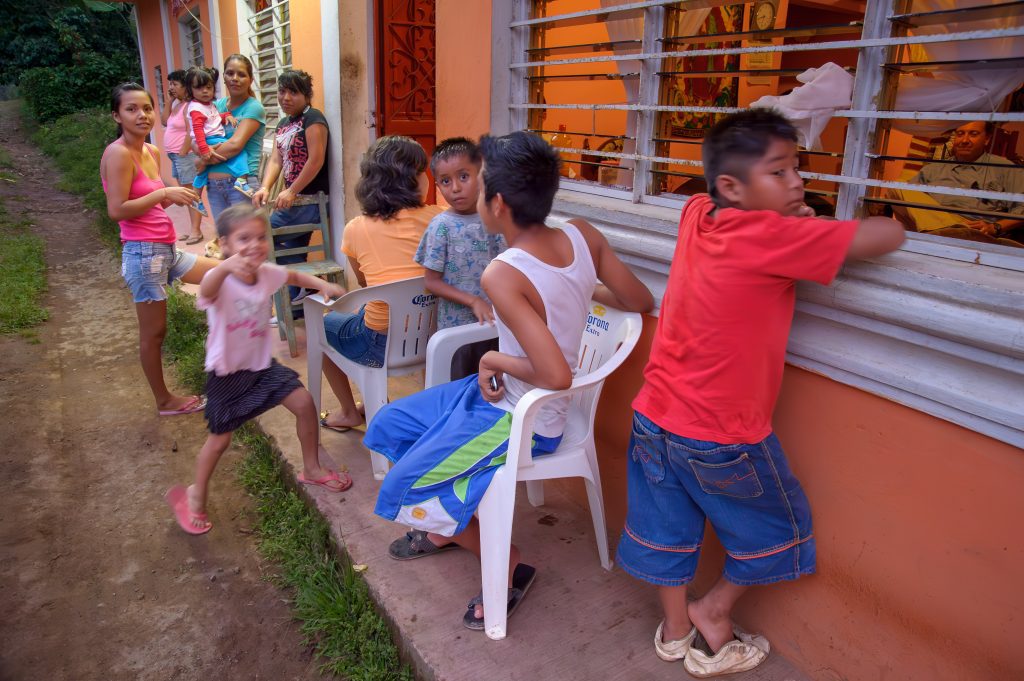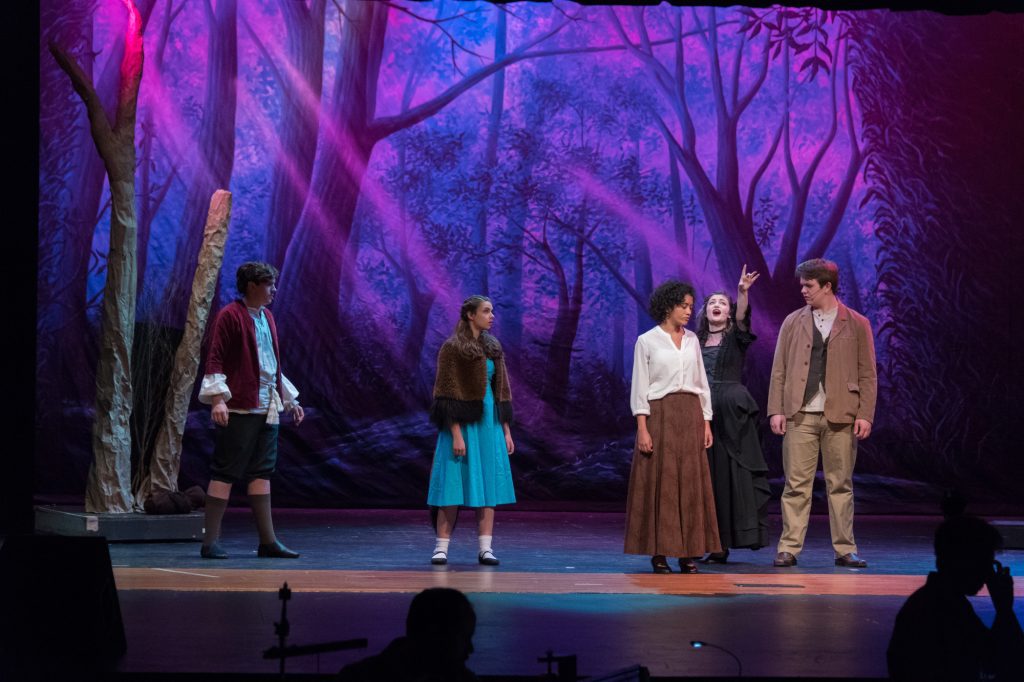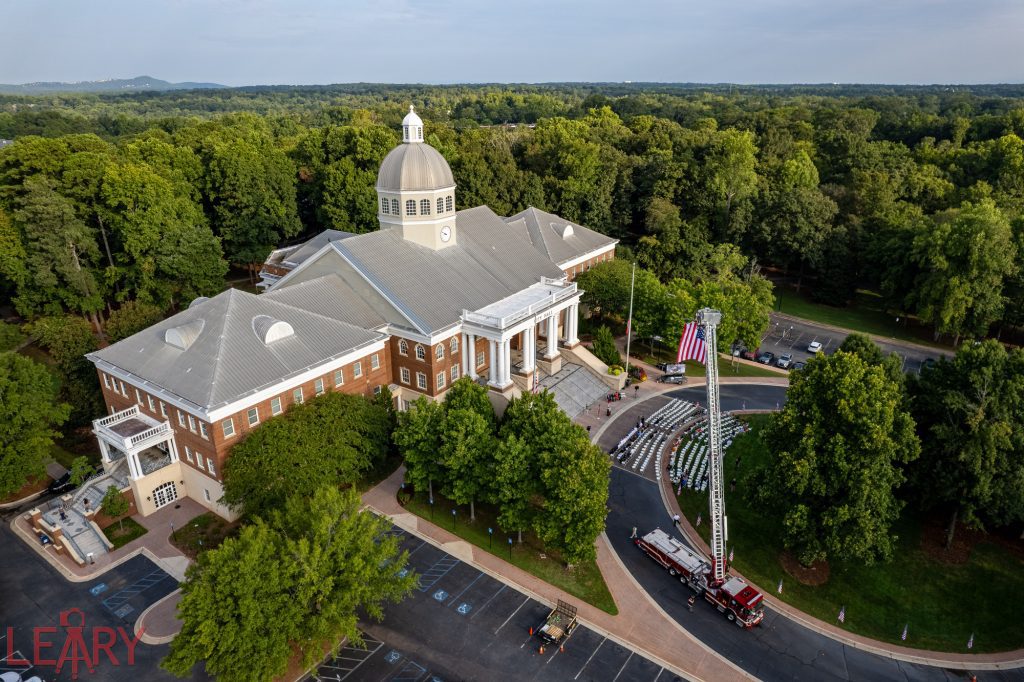Introduction
In the ever-evolving world of photography, it’s not uncommon to adapt and change your techniques by introducing new camera models. One such transition for me was sparked by the Nikon Z9, a game-changing mirrorless camera that opened up new possibilities for my photography. In this blog, I’ll share how my approach to shooting has evolved, particularly in white balance and metering, thanks to this remarkable camera.

Spot Metering and Eye Tracking
Like many other Nikon DSLR users for years, I predominantly shot in Matrix metering mode. It was a reliable and versatile option, providing a balanced exposure for a wide range of scenes. However, my world shifted when I discovered the power of the Nikon Z9’s Eye Tracking feature.
The real game-changer for me was the realization that I could now effectively use Spot Metering, thanks to the camera’s eye-tracking technology. Instead of relying solely on Matrix metering, which assesses the entire frame, Spot Metering allows me to meter precisely where Eye Tracking focuses on people. This precision brings a new level of control over the exposure, ensuring that the subject’s eyes are perfectly exposed, even in challenging lighting conditions.
Working with Spot Metering is a breeze with the Nikon Z9, much like with Nikon DSLRs. This newfound precision has enhanced the quality of my portraits and expanded my creative possibilities, enabling me to create images with a unique depth and emotion.

White Balance Techniques
While I have significantly shifted my metering techniques, my approach to white balance remains somewhat consistent with my earlier practices. I still value the reliability of custom white balance, allowing me to fine-tune the camera’s settings to match the lighting conditions. This method ensures that colors are rendered accurately and consistently, especially in critical situations where color accuracy is paramount.

Following custom white balance, my next preference is to use white balance presets like Sunshine, Fluorescent, or Tungsten when the situation calls for it. These presets offer a quick and efficient way to adjust the white balance settings according to the predominant lighting source, saving time and effort in post-processing.
That said, I have also started to experiment with Auto White Balance more frequently, especially when I am moving quickly from one lighting situation to the next. This shift in my approach is rooted in my background shooting Color Transparency Film. When working with this film, there was no room for post-production adjustments. The goal was to capture the perfect image in the camera, and this philosophy has stuck with me through the years.

Less Time in Post-Production
The discipline of shooting Color Transparency Film taught me the value of getting it right in the camera, thereby minimizing post-production work. As a photographer, this has translated into capturing images that require minimal editing, if any, in software like Adobe Lightroom.
The combination of custom white balance, Eye Tracking with Spot Metering, and the advanced capabilities of the Nikon Z9 has allowed me to achieve this goal. With these tools, I can now deliver images closer to the final product straight from the camera. This not only preserves the moment’s authenticity but also saves me considerable time that would otherwise be spent in post-production.

Conclusion
The Nikon Z9 has not only elevated the quality of my work but has also redefined my approach to shooting. With the switch to Spot Metering and the continued reliance on custom white balance, I’ve managed to maintain the discipline of achieving near-final images in-camera. This approach saves time and honors the timeless tradition of capturing the moment as it happens, a philosophy deeply rooted in the art of photography. The Nikon Z9 has indeed been a transformative tool in my creative journey.










